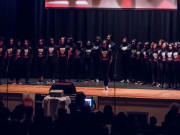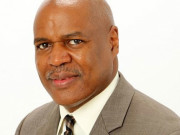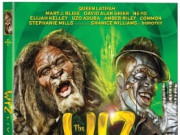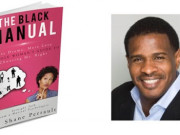A new book by Marion Nestle just hit the newsstand, and it’s taking aim at the politics and racial targeting methods behind Big Soda.
In her book, titled “Soda Politics: Taking on Big Soda (and Winning),” Nestle took a good hard look at how soda companies like PepsiCo and Coca-Cola are influencing higher obesity rates among black and Hispanic Americans, especially in kids and teens — but the relationships that soda companies develop with minority communities in the U.S. goes far beyond the weight of their consumers.
In an excerpt published by the Washington Post recently, Nestle explained the complicated issue:Obesity changes the game. It forces Hispanic and African Americans to reexamine their relationships with soda companies… While some continue to prize the efforts of soda companies to advertise in their publications and support their organizations, the rising prevalence of obesity in their communities led others to view such relationships as exploitative.
For a while now, black and Hispanic Americans drink more soft drinks than their white counterparts: around 55% of white Americans say they drink sodas on a regular basis, while almost 70% of black and Hispanic Americans say the same. This isn’t a new trend, and in fact, it’s been building up for decades.
The soda industry managed to build intense loyalty with minority consumers during the 1990s, and considering that a 5% increase in customer loyalty can lead to profits increasing anywhere between 25% and 100%, it isn’t surprising that Big Soda companies would begin targeting their already-loyal customers even as public health experts began denouncing fizzy drinks.
For this reason, soda companies began targeting ads toward black and Hispanic consumers — and not just adult consumers, but kids and teens. This past August, NBC News cited a report which found that children and teens in minority communities tend to see 70% more food-related ads on TV than their white peers; specifically regarding junk foods and beverages, they see around 50% more ads.
Many soda consumers admit that their preference for soft drinks is influenced by the ads they see on TV, especially when those ads feature celebrities of their own race or ethnicity, or when those ads are delivered through Spanish-language TV stations.
There has been a widespread effort to reduce consumption of soft drinks, as the New York Times reported, by instituting “soda taxes” on the beverages.
Researchers have found that these “taxes” actually have been working: from 2004 to 2012, children in the U.S. consumed 79 fewer calories via sugary drinks, and this has led to a slight drop in childhood obesity rates as well.
But Big Soda still hasn’t given up on its favorite consumers, and it knows how to get messages through to them, despite the best efforts of public health officials. The question now is, how will the country’s black and Hispanic communities start fighting back and reclaiming their health?
























